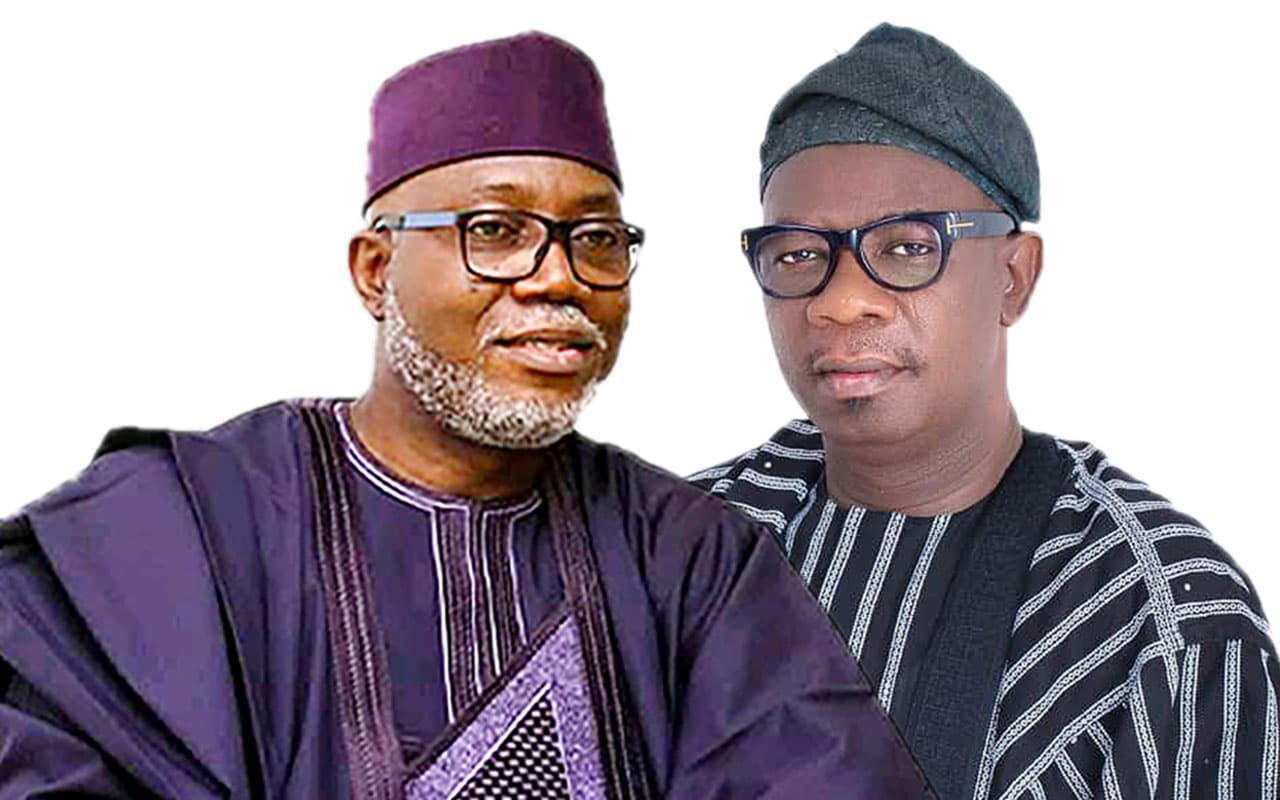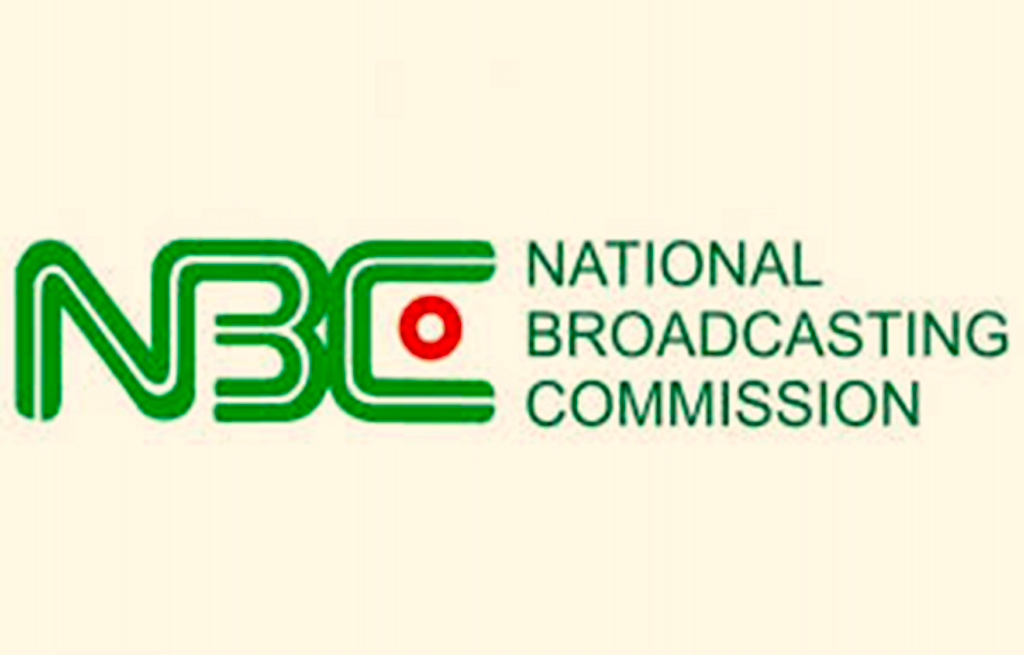
Minister of Communications, Innovation and Digital Economy, Bosun Tijani
The Federal Government has announced the launch of the National Broadband Alliance for the country, an initiative to accelerate the country’s digital transformation and promote broadband development and adoption.
The Minister of Communication and Digital Economy, Bosun Tijani, emphasised the importance of improving connectivity infrastructure to drive economic growth and prosperity.
“As we work towards accelerating our collective prosperity as a nation, improving our connectivity infrastructure is a critical part of our plans as a government,” the minister said in a statement obtained on Friday.
Nigeria’s broadband penetration is currently at 43.53 per cent, with significant gaps in fibre network access.
The new National Broadband Plan targets 70 per cent internet penetration by 2025, seeking to bridge the digital divide.
According to the minister, the NBAN is designed to foster collaboration among stakeholders in the broadband ecosystem, including government agencies, private sector operators, and civil society organizations.
Tijani enthused that by improving the quality and supply of broadband, the government aimed to increase demand and position Nigeria at the forefront of the global digital landscape.
The minister noted that the NBAN will play a crucial role in achieving this goal, saying, “As we improve the quality and supply of broadband, we are also creating ways to increase demand.”
The launch of the NBAN was a significant step towards realising the government’s vision of a digitally transformed Nigeria and was expected to have a positive impact on the country’s economic development and competitiveness, the Tijani said.
Meanwhile, the minister added that efforts were also underway to expand Nigeria’s fibre-optic network by 90,000 kilometres as part of the Fibre Forward Strategic Development project, aiming to enhance internet access across the country.
This initiative, costing approximately $2bn, is expected to increase Nigeria’s fibre capacity from 35,000 km to 125,000 km, positioning it as Africa’s third-largest terrestrial fibre-optic infrastructure.

 3 months ago
33
3 months ago
33















 English (US) ·
English (US) ·